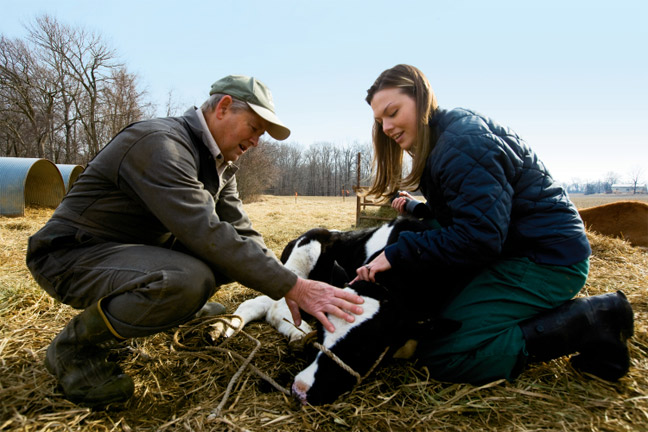One of the hotter topics animal agriculture has had to deal with in 2015 has been antibiotic use in animal production. Hannah Thompson of the Animal Ag Alliance said this is a challenging subject for most folks involved in livestock production. There are a lot of different production practices out there and it’s very different between each species. Thompson said recently a lot of poultry companies made announcements about no antibiotics ever and phasing out antibiotics, but that’s very different from beef or pork. Unfortunately, consumers don’t understand those differences.

“Of course, antibiotics are a very critical tool to animal care,” Thompson said. “So, I think a lot of people don’t understand that. Even if a farm or a restaurant or a retailer has a no antibiotics ever policy, if that animal gets sick they need to be treated and usually they are, then they are sold in a different channel. So we need to make sure those alternative channels remain open, antibiotics remain a tool that farmers use to ensure animal health.”
The Animal Ag Alliance also strives to monitor the efforts of animal rights groups, such as the Humane Society of the United States (HSUS), that want to see the end of meat consumption in the U.S. Thompson said HSUS has broken it down with an incremental changes approach. HSUS works to get certain practices phased out. One example is the egg laying industry’s change to cage free production. Making those changes can require large capital investments and this will force more farmers to go out of business. As producer’s have adopted the new requirements for producing eggs, Thompson said HSUS staff members have already said that cage free production isn’t good enough because the chickens don’t have outdoor access and that the chickens are too overcrowded.
“We’re already starting to see those changes go into effect and the goal post is just going to continue to move until there is no production agriculture,” Thompson said.
Thompson said groups like HSUS have the underlying goal to eliminate animal agriculture, as we know it.